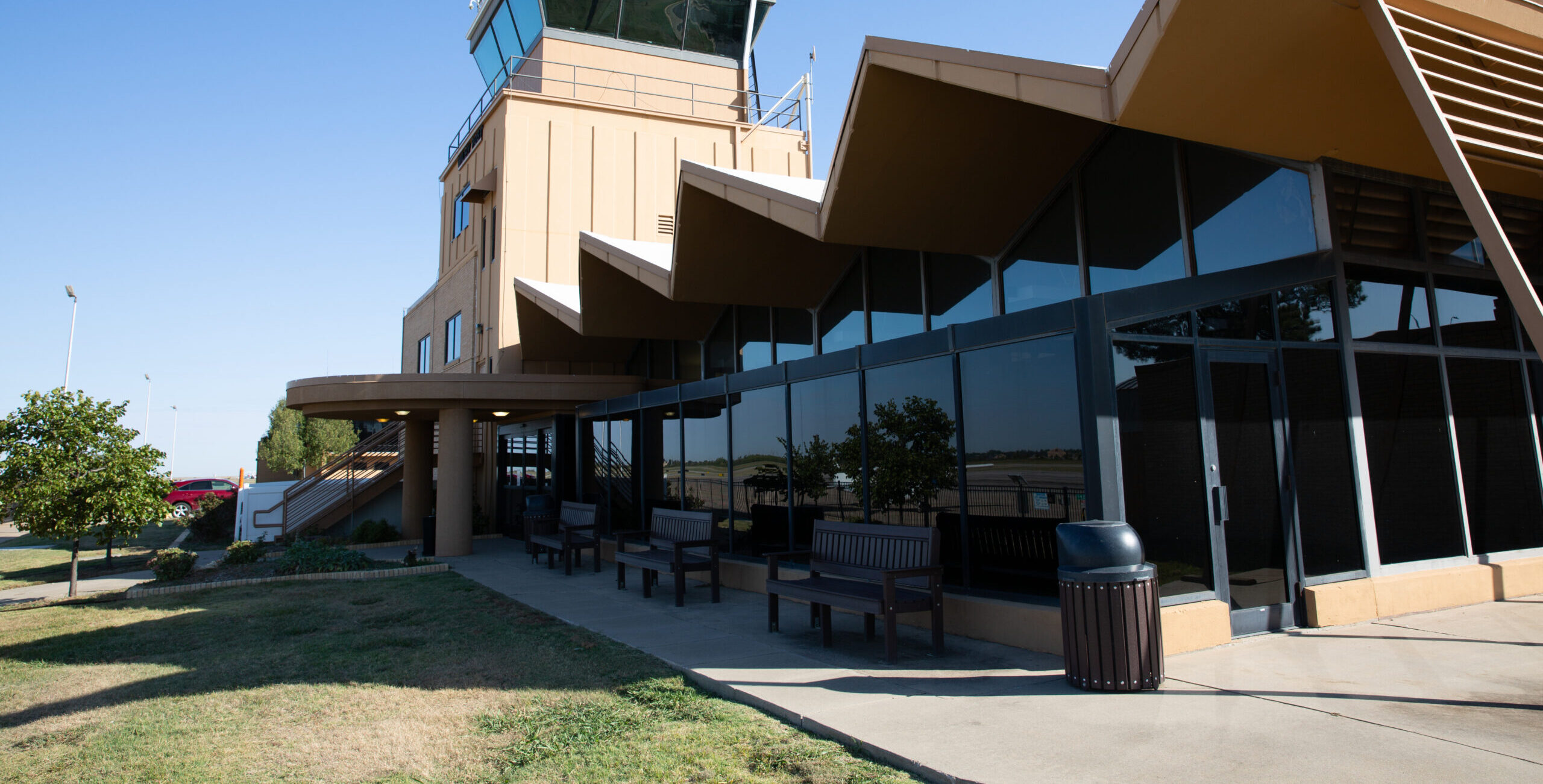“In my estimation, Wiley Post was one of the hardest working and least remembered of the early research pilots. The innovative things he did to further the cause of aviation are cogent today.”
— “Eight Days East,” Airline Pilot Magazine, 1976
A trailblazer in the advent of aviation, Wiley Hardeman Post was born near Grand Saline, Texas, in 1898. He became enamored with planes as a kid and dreamed of becoming a pilot. His introduction to flying came when a barnstorming troop arrived in Oklahoma and he filled in for an injured skydiver. Read on to learn more about the pioneer, trailblazer, and master of the sky whose legacy continues to soar over the heartland.
Touching the Sky
To earn enough money to buy his own plane, Post worked in the oil fields of Oklahoma. But his dream of flying through the clouds was nearly derailed after a work-related accident resulted in the loss of his left eye. Though the incident muffled Post’s depth-perception abilities, the future aviator trained himself to gauge distances accurately with one eye.
From the accident, Post received monetary compensation – about $1,800 – just enough to buy his first airplane. It was in that aircraft that he gave aspiring pilots flying lessons, flew Southern oilmen to their rigs, and barnstormed on the weekends. His first airplane was also the vehicle that swept him and his bride, Miss Mae Laine, to Sweetwater, Texas, on June 27, 1927, where the two said “I do.”
Circling the Globe
In 1928, Post became the personal pilot to Oklahoma oilman F.C. Hall. It was in Hall’s plane, the “Winnie Mae,” that Post won the National Air Race from Los Angeles to Chicago in 1930; it was the first of many accomplishments in the famous aircraft.
On June 23, 1931, he and Australian navigator Harold Gatty took off from Roosevelt Field in Long Island, New York, with the goal of breaking the record for flying around the world. Eight days, 15 hours, and 51 minutes later, the pair touched down at Roosevelt Field after circling the globe and smashing the previous record of 20 days and four hours. They were instant heroes.
In July 1933, Post attempted another around-the-world record, only this time, he flew solo. He equipped his plane with a Sperry gyroscope and radio direction finder. Taking flight, he made the trip in seven days, 18 hours, and 49 minutes, breaking his own record.
Reaching for the Stars
In 1934, Post designed his Man From Mars flying suit, the world’s first practical pressure suit, and made an unofficial ascent to 49,000 feet. The suit facilitated his exploration of the sub-stratosphere and helped pioneer high-altitude flight.
Post predicted the development of aircraft that would provide supersonic transport and the possibility of space travel. He recognized the importance of biological rhythms and the effects of fatigue on pilot proficiency, and was one of the first to conduct research in this area.
Making the Final Flight
Post’s final flight was with his friend Will Rogers, an American humorist and aviation enthusiast. Rogers had asked Post to fly him through Alaska so that he could gather new material for his newspaper column. When Post and Rogers took off for Point Barrow, Alaska, on August 15, 1935, the plane’s engine stalled and the aircraft plummeted into a lake.
During his lifetime, Post received many awards. In 1932, he was awarded the Distinguished Flying Cross by an act of Congress and won the Collier Trophy the same year. Two years later, he won the Gold Medal of Belgium and the Harmon trophy. He was given two New York City tickertape parades and the keys to the city. And he was honored twice at the White House by two presidents: Herbert Hoover and Franklin Delano Roosevelt.
Still Flying High
From his record-breaking flights to his innovations and explorations, Post made many vital contributions that advanced the science and theory of flight, and made him one of the most celebrated pilots in aviation history.
Today, it is namesake and legacy that continue to soar at Wiley Post Airport. One of the three airports that comprise the Oklahoma City Department of Airport and Trust, WPA fosters innovation and excellence in modern aviation, and will forever stand as a testament to the trailblazer’s pioneering spirit.


